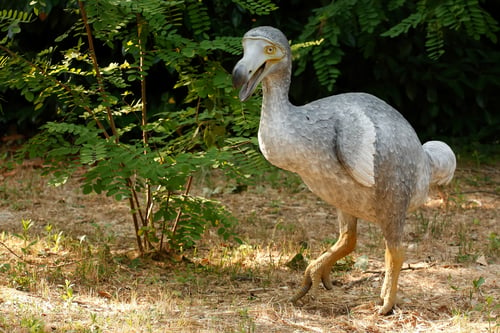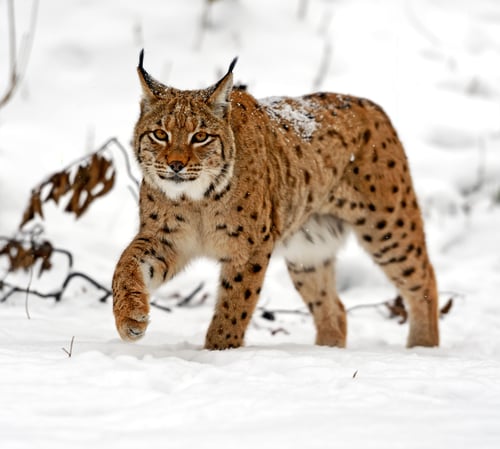Have you ever heard the phrase “dead as a dodo”? This well known phrase is an example of an animal that has long been extinct but still relevant in today’s culture, such as the wooly mammoth or passenger pigeon. So why do we still care about these animals and the dodo?
The dodo was first discovered on an island close to Madagascar by sailors in the late 16th century and within less than a century it had been hunted to extinction. The dodo first achieved widespread recognition from its role in the story of Alice's Adventures in Wonderland, and it has since become known culturally as a symbol of extinction.

The dodo is a well known example of an animal that went extinct but is still known to be culturally relevant.
A more recent example of an extinct animal in pop culture includes the Kauaʻi ʻōʻō, a Hawaiian bird that gained prominence in the last few years for a recording of a song by the last of its species, known as an Endling. This song was a duet with pauses in between for a female partner to chime in but with no other birds to sing with it, the recording sounds beautiful but haunting. Link to song.
Extinctions have long been a part of Earth’s history. There have been five or six mass extinction events of massive biodiversity losses that have been identified throughout our planet’s history. Most of these were caused by drastic environmental changes such as warming or cooling as a result of events like volcanic eruptions or more famously, a meteor impact.
Unfortunately, we are currently experiencing a human-caused mass extinction event based on biodiversity loss. The current rate of extinction of species is increasing and estimated at 100 to 1,000 times higher than the natural or normal extinction rate that has been present throughout the geological history of Earth. There are many causes for this increase including: overhunting, habitat loss, agriculture, and climate change.
So how are extinctions affecting Colorado? It is known as extirpation when an animal goes locally extinct in an area, or when the global population is still active but the species no longer exists in a part of its range. Grizzly bears are an example of a Colorado species that historically lived here but due to hunting pressure, it has been extirpated for decades.
Some examples of animals that historically have lived in Colorado but are now endangered include both the whooping crane and boreal toad. According to Colorado Parks & Wildlife, the whooping crane has not been seen in Colorado since 2010. The boreal toad is one of the only alpine species of toads but due to the spread of a deadly fungus has seen high mortality rates.

The Canadian lynx is an example of the successful reintroduction of an animal that was once thought extinct in a certain area.
While it can be disheartening to talk about animal extinctions, there are success stories that show how intervention can ultimately help rectify the threat of human influenced extinctions, such as the Canada lynx and the black-footed ferret. While the Canada lynx have healthy global populations, they were declared extinct in Colorado in 1970. Thankfully they were reintroduced in 1999 and have a stable population now. The black footed ferret is the only ferret species native to North America and an important part of the food chain as predators for prairie dogs, and they were reintroduced to parts of northern Colorado earlier this year.
Species conservation is possible and requires us to ask challenging questions about what to prioritize in the face of our changing world. So while the threat of extinctions will likely stay ever present due to human presence, there are conservation efforts that can be taken to prevent other animals from going the way of the dodo.
Scott Dunn is the Community Programs Manager at Walking Mountains Science Center and can often be found looking up at the night sky just to make sure it is not falling.







